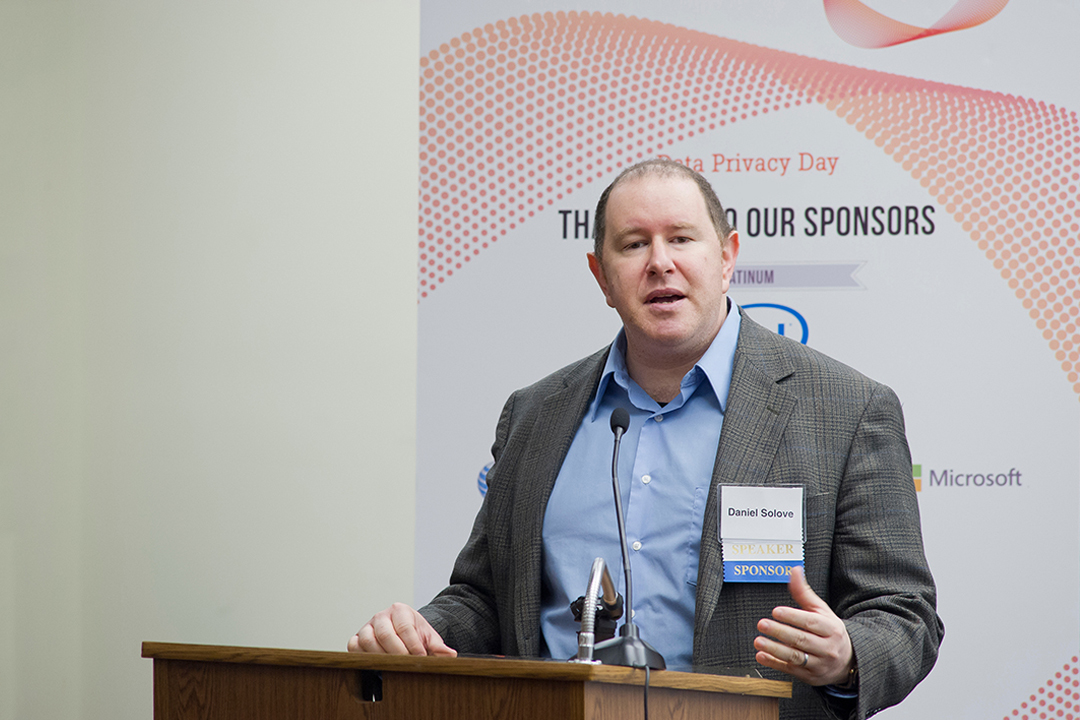The Department of Health and Human Services' Office of the National Coordinator for Health Information Technology (ONC) announced Daniel J. Solove, John Marshall Harlan Research Professor of Law, and Jason Cronk as the winners of the Privacy Policy Snapshot Challenge.
According to an ONC press release, "Winners of this challenge created Model Privacy Notice (MPN) generators that produce a customizable MPN for health information technology developers, making it easier for consumers to see a product's privacy and security policies." The MPN is similar to the FDA Nutrition Facts Label.
Professor Solove explained that the generator he created uses icons and a simple format to present information clearly, and it attempts to depict a rather detailed and complex policy in a way that people can understand. Although the MPN was designed mainly for developers of mobile health apps, he thinks it could apply more broadly—but a lot depends upon which developers use the tool.
To create a customizable MPN, Professor Solove spent a fair amount of time with Mr. Cronk developing this idea. "Not only did we need to design a final policy that looked great and conveyed information understandably, but we also needed to design a simple, easy-to-use interface for developers who would be using the tool. So on both the output side and input side, we had to think hard about design and usability," he said. "We created a tool with two columns, one on the left where designers can input policy elements and one on the right where developers can see how the policy will look to consumers. We had extensive back-and-forth about the tool, going through many different versions until we finalized it."
In the end, the thought and the amount of work that was put into this tool paid off. The team was awarded $20,000 because they were able to best specify "which terms and language were changed to enhance consumer understanding."
Professor Solove shared that he is proud of the end result because "it is a different kind of creation than what I normally create as a professor," he said. "I write a lot about how to design technology to achieve various policy goals. But with this project, I was actually involved in the design process—not just commenting on it. This was a very rewarding and educational experience for me."


